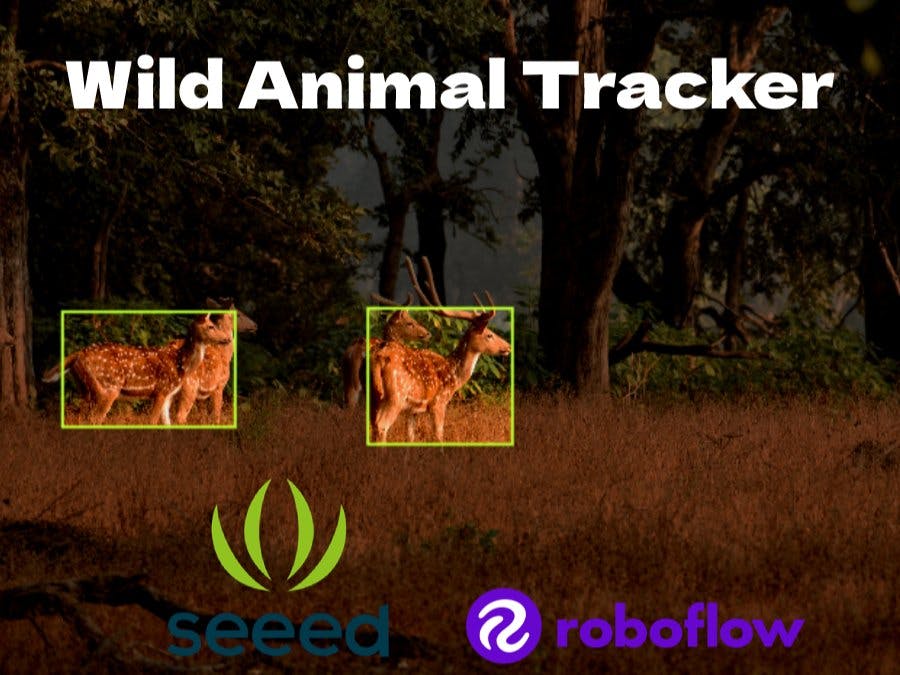Wildlife monitoring is essential for keeping track of animal movement patterns, habitat utilization, population demographics, snaring and poaching incidents and breakouts. By conserving wildlife, we're ensuring that future generations can enjoy our natural world and the incredible species that live within it. To help protect wildlife, it's important to understand how species interact within their ecosystems, and how they're affected by environmental and human influences. Animal tracking data helps us understand how individuals and populations move within local areas, migrate across oceans and continents and evolve across generations. The aim of my project is to build a wildlife monitoring system. The project is named Wild AnImal Tracker in short WAiT. As its name, the sensor node WAiT for the movement of Wild Animal and Track its movement as soon as it is detected. With the help of this project, animal MOVEMENT, BEHAVIOR, EMOTION, HABITAT, HUMAN-ANIMAL CONFLICT can be monitored and prevented. The system is based on AIoT and can be implemented in National Parks, Forest and human habitation areas near forest where animal tracking is required.
How does it work?The sensor node capture image/video of the animal at target area in real time. With the help of TinyML Vision model it identify the animal and/or its behavior. Which in turn also allows us to track the movement of the particular animal in the target area and the data is collected for analysis and generating alert. The inferencing is done on Edge Device and the data is transmitted via LoRA network. From the LoRA gateway the data is finally sent to cloud for permanent storage. The Web Application developed as a part of project is used to fetch data from cloud and display meaning information to the user. The Seeed Studio Wio Terminal with camera module will be used as sensor node deployed at the target area and it will run TinyML model to perform inferencing on image data. Seeed LoRaWAN dev kit is used for LoRa connectivity and data transmission.
I used RoboFlow to build the custom AI model. The Colab Notebook is attached. The following inages show training and inferencing.
Although I did train on 80 epochs, more epochs will certainly improve results.
References











Comments
Please log in or sign up to comment.